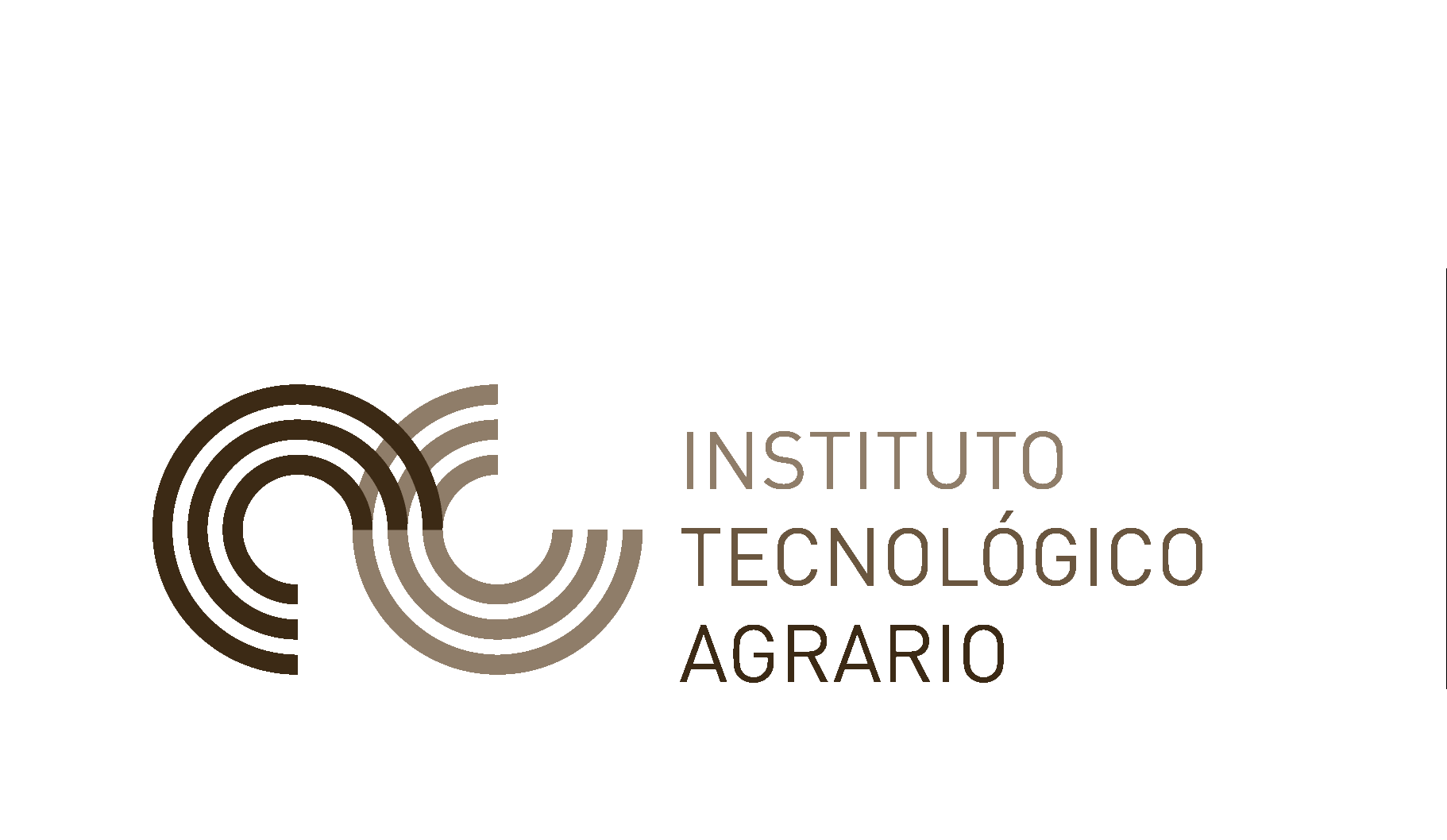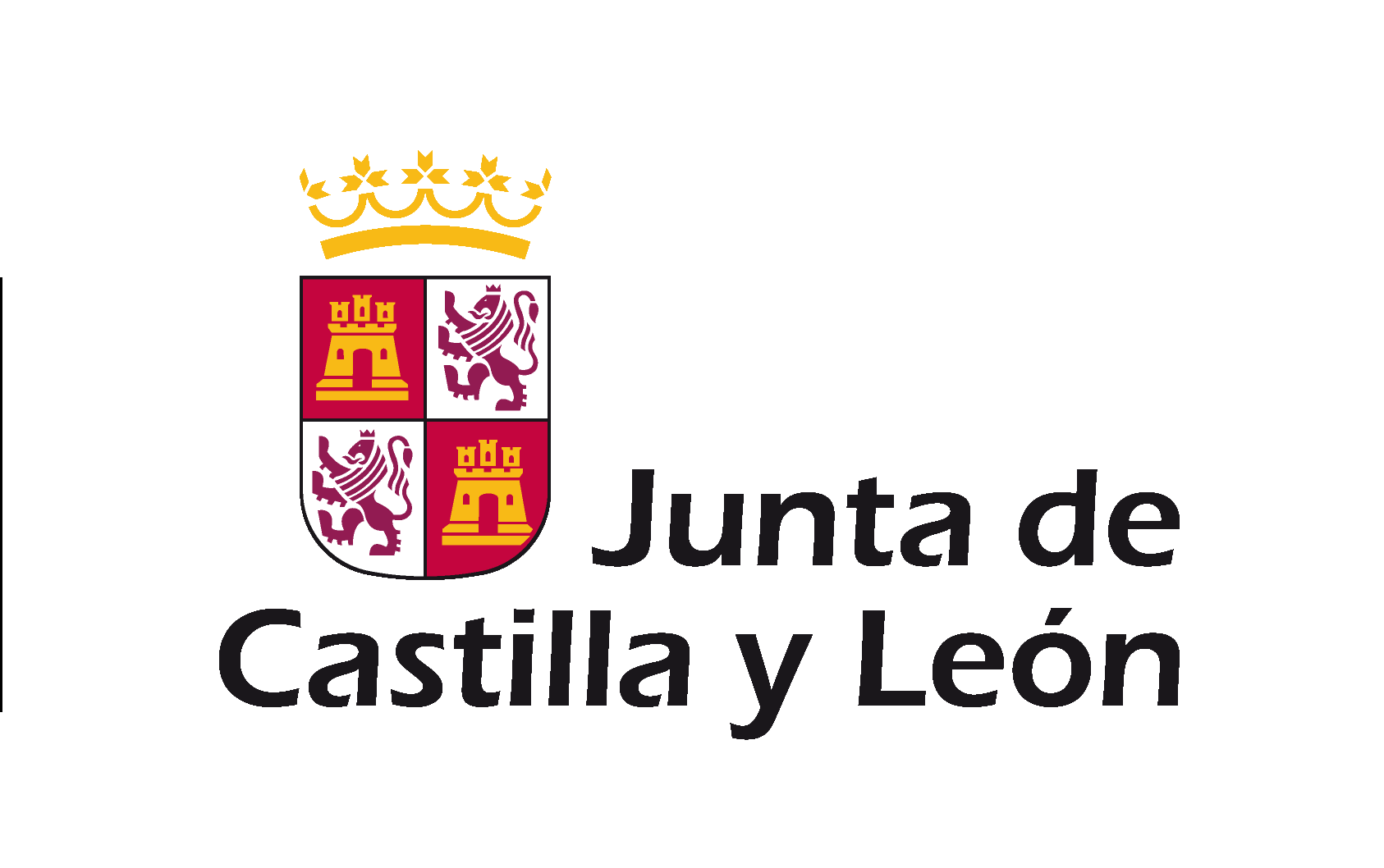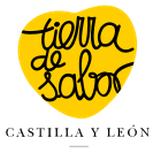NEW TECHNOLOGIES AND BY-PRODUCT VALORISATION TO IMPROVE THE QUALITY AND SHELF LIFE OF MINIMALLY FISH-PRODUCTS
Tesis doctorales
Tesis doctorales
Asset Publisher
NEW TECHNOLOGIES AND BY-PRODUCT VALORISATION TO IMPROVE THE QUALITY AND SHELF LIFE OF MINIMALLY FISH-PRODUCTS
NEW TECHNOLOGIES AND BY-PRODUCT VALORISATION TO IMPROVE THE QUALITY AND SHELF LIFE OF MINIMALLY FISH-PRODUCTS
Fecha de publicación: 2016
Tipo de publicación:
Tesis doctoral
Autor:
Irene Albertos Muñoz
Lugar de publicación:
https://www.educacion.gob.es/teseo/mostrarRef.do?ref=1269837
Resumen:
Consumer demand for more healthy, natural and minimally processed food is pushing the processing industry to constantly investigate novel treatments which provide these characteristics while ensure food safety. Fish has a high nutritional interest, with special emphasis on omega-3-polyunsaturated fatty acids, but which however make it highly perishable. In this work, the use of natural additives and novel technologies is proposed to increase fish shelf life.
This thesis presents the application of previously underutilised agroindustrial by-products as natural antioxidants and antimicrobials. These wastes can be turned into valuable resources. The use of brine (by-product from herring marinating industry) can be successfully employed as coating/glazing and natural additive to prevent oxidation in frozen herring fillets and chilled herring mince respectively. Seed peel from carob fruit, which holds a high antioxidant activity, is also proposed for fish preservation. This by-product showed interesting antioxidant properties, preventing lipid oxidation in minced oily fish. On the other hand, olive leaf powder was successfully employed in chilled horse mackerel as antioxidant. As a further method of application, fish gelatin films containing olive leaf extract were effective controlling the growth of L. monocytogenes on smoked salmon, showing the potential application of these antimicrobial films on ready-to-eat fishery products to improve their quality and safety .
The effect of a combination of selected hurdle technologies (high pressure processing, chitosan edible films and chitosan films with clove oil) on the self-life of rainbow trout fillets was studied. First, the most appropriate antimicrobial concentration of clove oil for its formulation into chitosan films was obtained based on in vitro tests. The use of edible films showed as a suitable strategy to improve the physicochemical parameters and extend the shelf life of refrigerated trout fillets compared to high pressure processing and cooking.
Cold atmospheric plasma was shown to be a suitable treatment for reducing the spoilage bacteria in fish, increasing its shelf-life. Treatment conditions, voltage and time, were evaluated at different processing levels, and shown to influence lipid oxidation.
Finally, the effect of vacuum frying as a novel processing technology on nutritional, oxidative, and sensory aspects of fish patties was compared with that of conventional (atmospheric) deep frying. The results obtained support the applicability of vacuum frying technology on fish products, reducing oxidation and improving sensorial properties. Vacuum frying could be a promising way of obtaining attractive yet highly nutritional products, and contribute to increase fish consumption, which remains below that recommended by health authorities, especially in infant populations.


